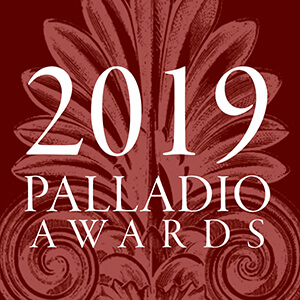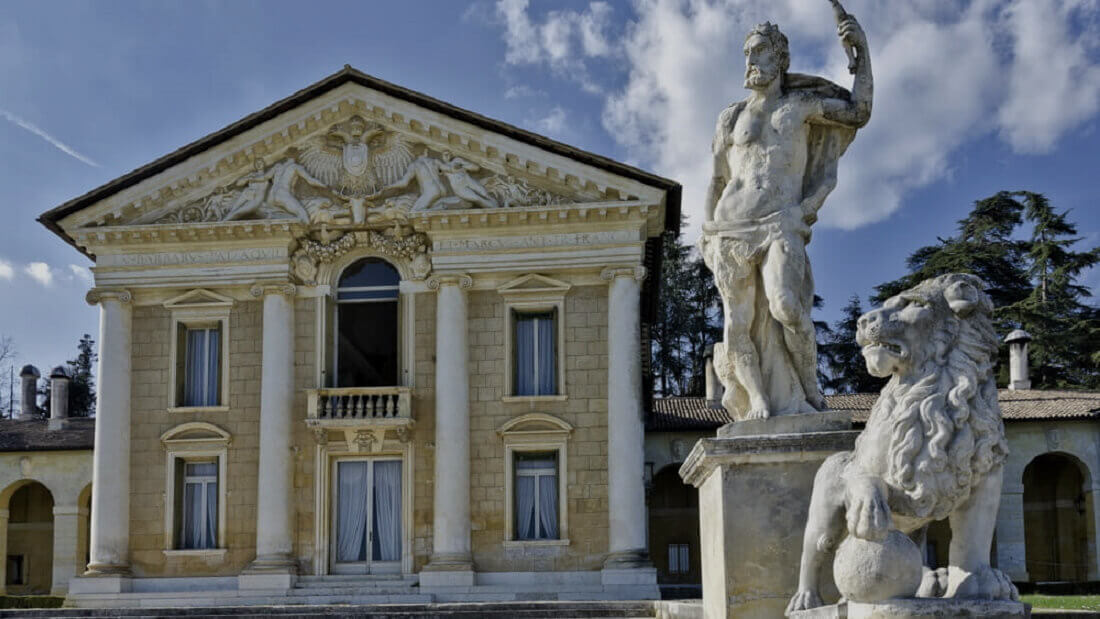
Three Palladian villas in the Marca Trevigiana, around Treviso
In the province of Treviso, also known as Marca Trevigiana, it is possible to visit a large number of Venetian villas. About tens of kilometers from our workshop you can visit three Palladian villas: Villa Barbaro, Villa Emo and Villa Zeno. They were designed by the architect Andrea Palladio, built around the middle of the 16th century and recognized as UNESCO Heritage Site.
Villa Barbaro: a great Palladio work
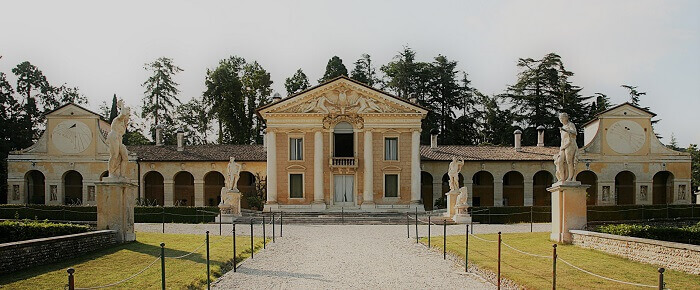
Villa Barbaro in Maser
Villa Barbaro was built in Maser on the hills of Asolo, in a position dominating the surrounding countryside. It was decorated by the painter Paolo Veronese with a cycle of frescoes considered one of the most extraordinary works of the Venetian 16th century.
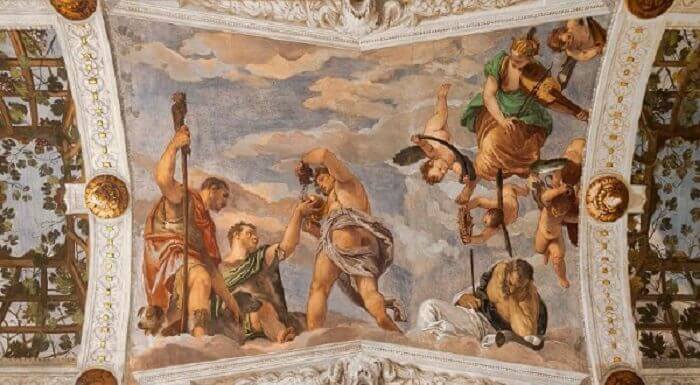
Frescoes of Paolo Veronese. Villa Barbaro in Maser
Between 1554 and 1560 the brothers Daniele and Marcantonio Barbaro, despite having very different personalities, wanted to transform the old medieval family palace into a splendid country house suitable for the study of arts and intellectual and contemplative activity.
They commissioned the villa to Palladio and conditioned the project and the architectural choices according to their needs:
- Daniele wanted to give the villa a sublime value. He was a refined diplomat, Catholic patriarch, scholar of philosophy and ancient architecture and Palladio’s mentor;
- Marcantonio wanted the presence of the nymphaeum at the back of the villa. He was a wise and moderate man, a politician and ambassador of the Republic of Venice.
Both were promoters of Palladio’s integration in the Venetian milieu.
Long after, a refined temple used as noble chapel and parish church, was built in the garden for the village of Maser. It is considered one of the last Palladio’s creations, who died at Maser during the direction of the works.

Temple of Villa Barbaro in Maser
After the Barbaro family, the villa had several changes of ownership. Today it is the location of “Villa di Maser”, a wine producer farm, and of the Museum of the carriages where an interesting collection of vehicles of the XIX and XX century is exhibited.
Villa Emo: one of the most complete works

Villa Emo in Vedelago
Villa Emo was built in Fanzolo of Vedelago between 1558 and 1559, commissioned by the Venetian Emo family, who remained the owner until 2004. It is one of the most completed Palladian villas because it was built when Palladio had been designed similar works in the last twenty years; it was realized according to his project included in The Four Books of Architecture. The classical façade, inspired by the Greek temple, has four columns and a decorated pediment. The extraordinary sculptures in the tympanum represent two winged Victories that hold the family coat of arms and are works of Alessandro Vittoria, an artist coming from Trentino region.
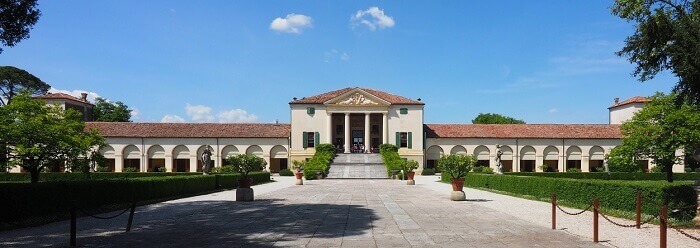
Villa Emo in Vedelago. Picture of Paolo Bonavoglia – bicicletta.bonavoglia.eu
Over time, the garden has undergone several transformations, for example the current sculptures are those of the Villa Contarini-Venier of Vò Euganeo, brought by the new owner.

Villa Emo in Vedelago. Picture of Paolo Bonavoglia – bicicletta.bonavoglia.eu
Villa Zeno: a dwelling modified over the years

Villa Zeno in Cessalto. Picture of Paolo Bonavoglia – bicicletta.bonavoglia.eu
Villa Zeno was built in Donegal of Cessalto around 1554, the year in which Marco Zeno, representative of a prestigious Venetian aristocratic family, bought the Donegal property.
The project involved the transformation of an existing building made up of a main house and annexed farm buildings; unfortunately it has not been completed.
The loggia, that was normally placed in the main front, in this case was pointed towards the countryside. Over the years, especially around the 19th century, the complex has undergone important transformations and restoration works according to the different changes of ownership.
Many manor villas have undergone valuable restoration works and are still extraordinary, others have unfortunately been abandoned and are in a state of decay.
For thirty years we have devoted ourselves to the remaking of works as fountains for the garden, sculptures, statues, fireplaces, furnishings, floors, staircases and architectural and ornamental elements. Our experience in working in classic style, the knowledge of ancient techniques and the passion for the handmade “time-worn” finishing, allows us to create stone works based on the original era and the context in which they are located.
This article contains general information. For questions and curiosities leave a comment below. If you wish to be contacted, please fill out the form.
